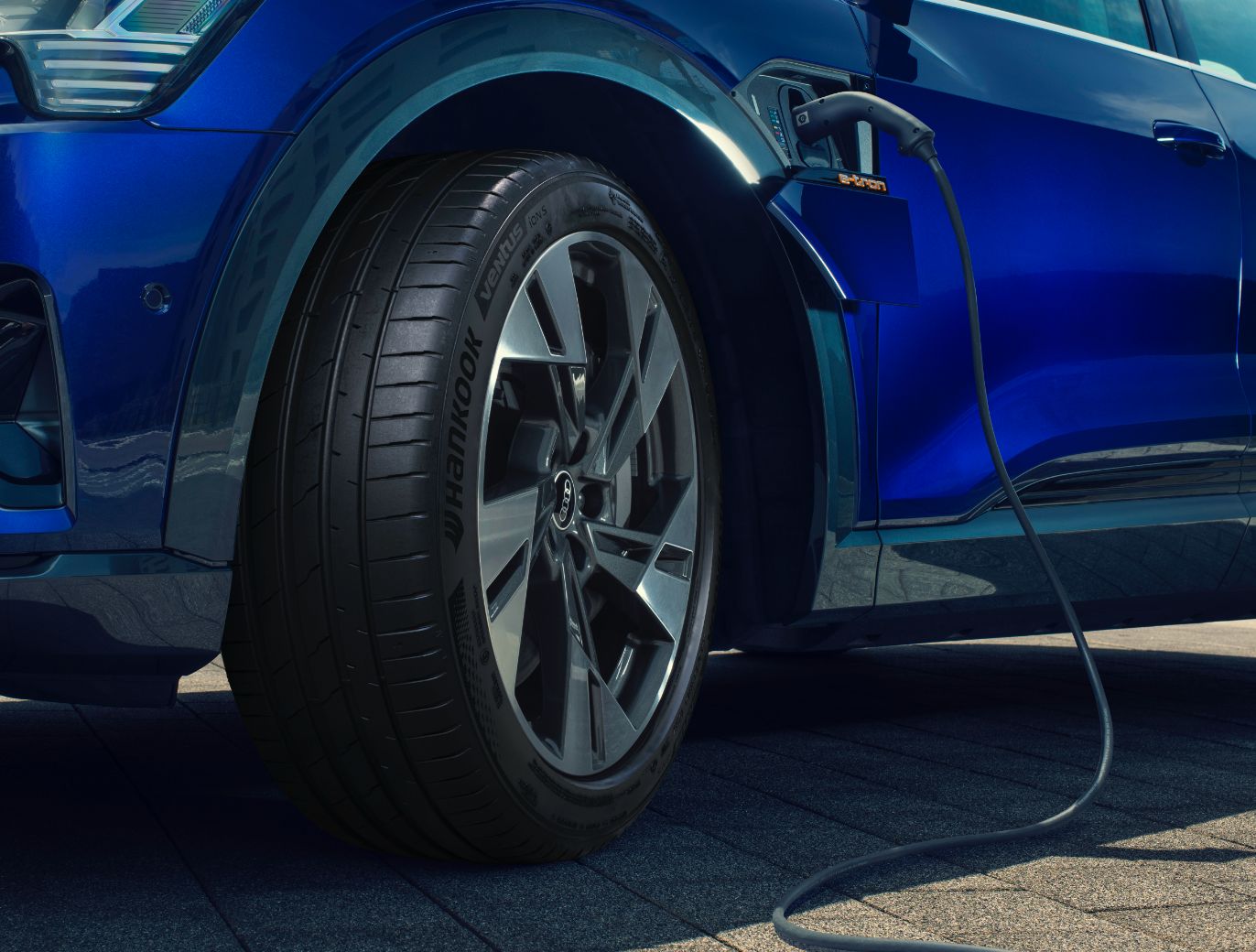As tires come in direct contact with the road surface, they can dictate the vehicle's driving performance. So, Hankook Tire has been conducting researching for an intelligent tire with a composite sensor to collect and analyze the various data points. The technology will enable safer driving and vehicle management based on the data provided by the tire.
Detecting any road risk with noise



















